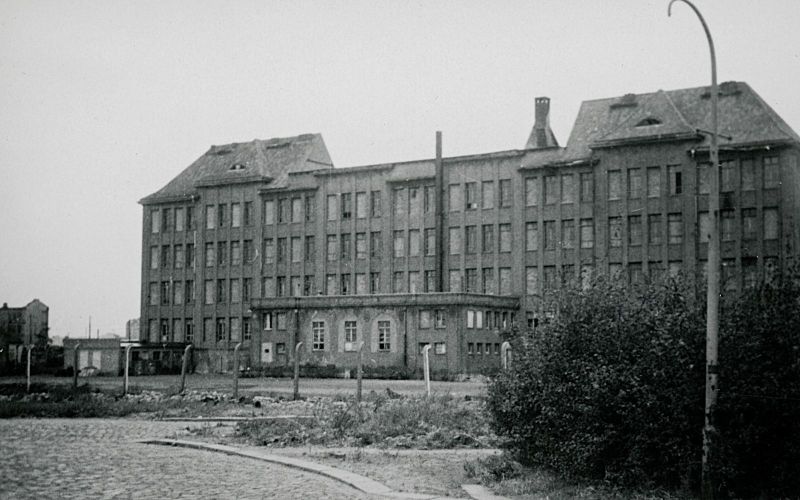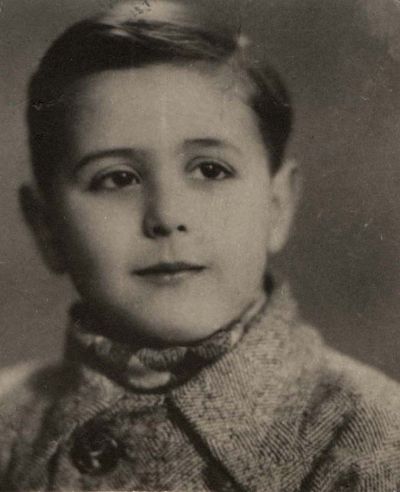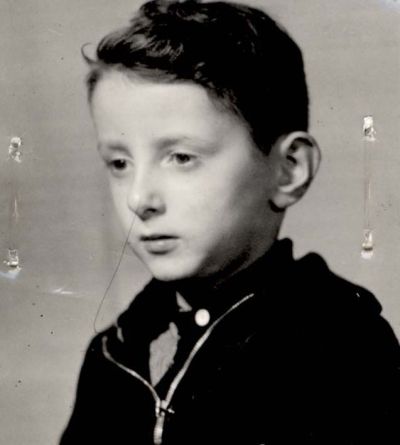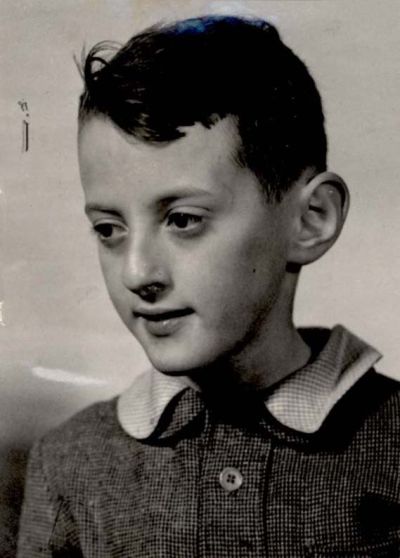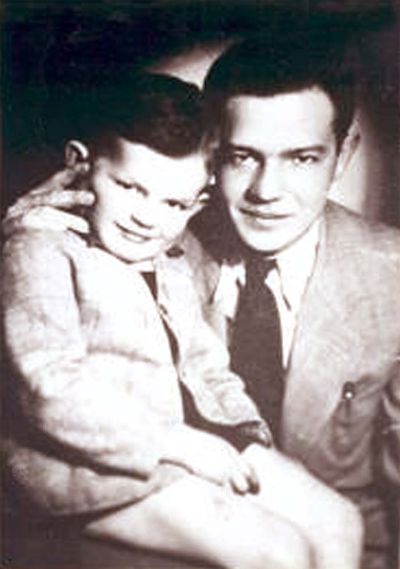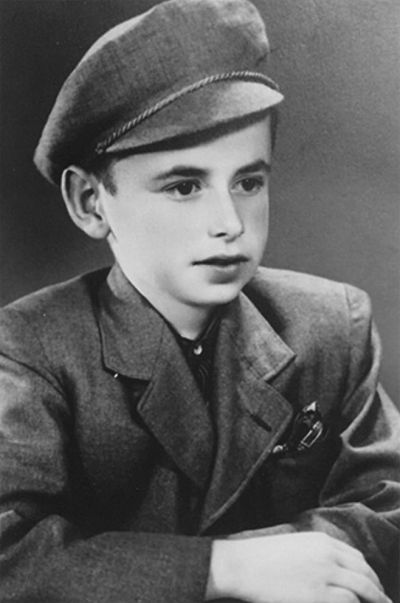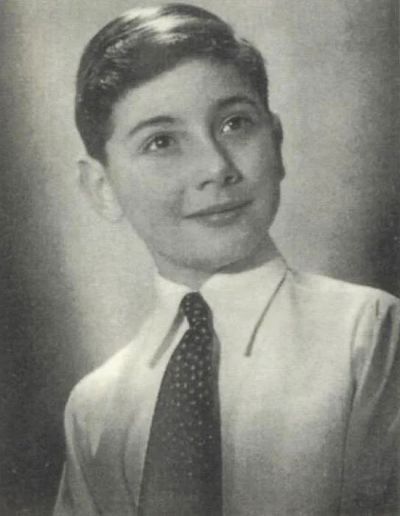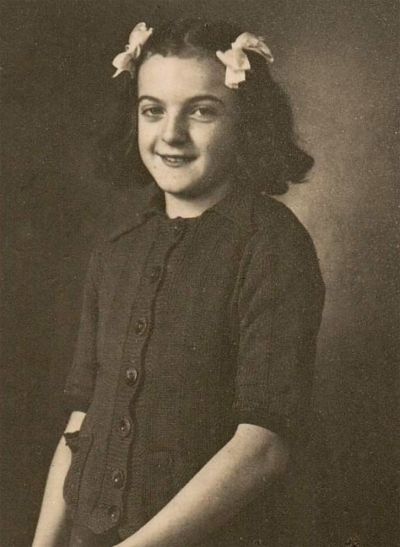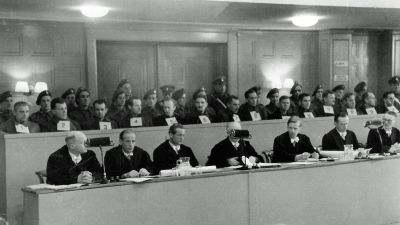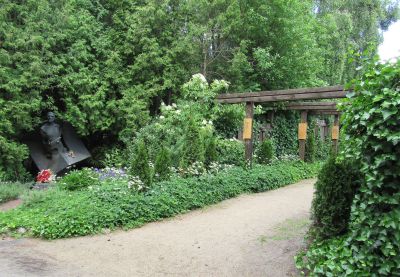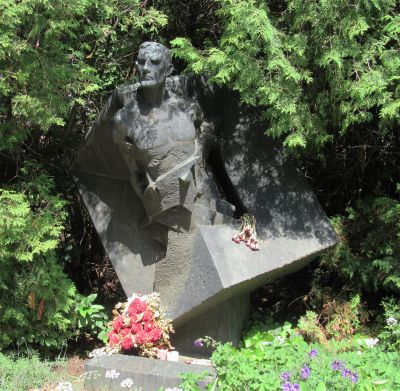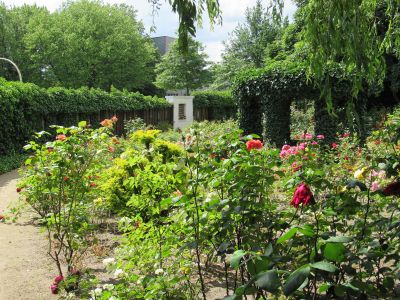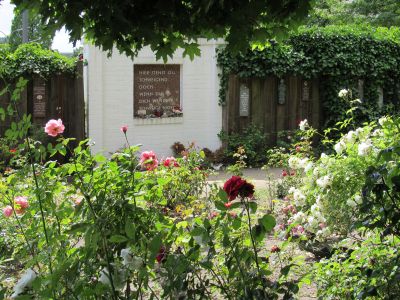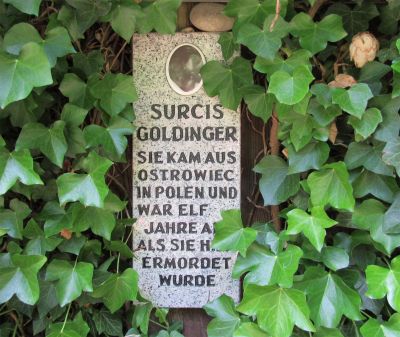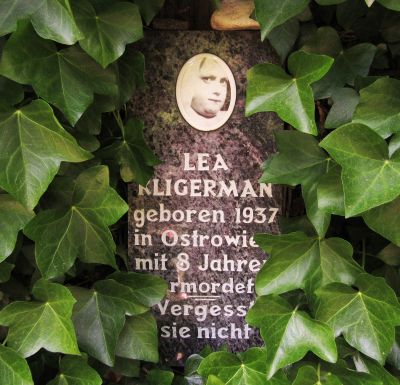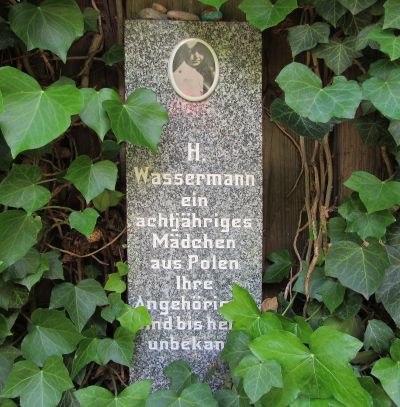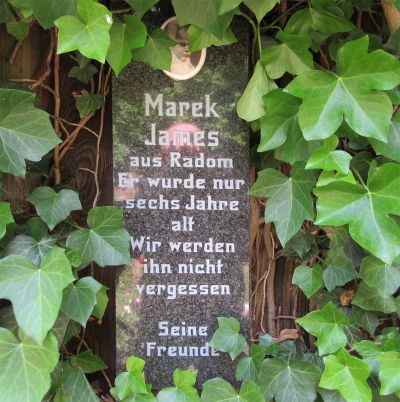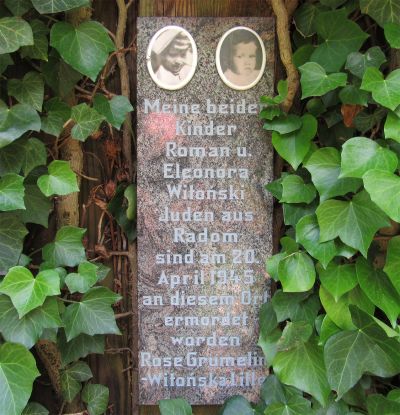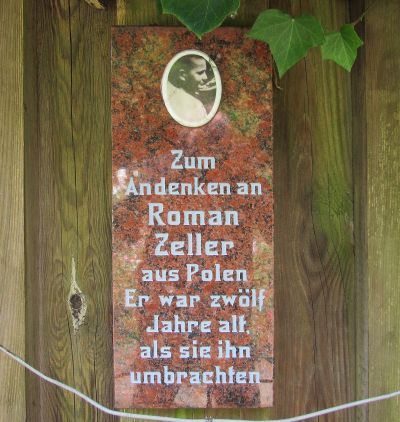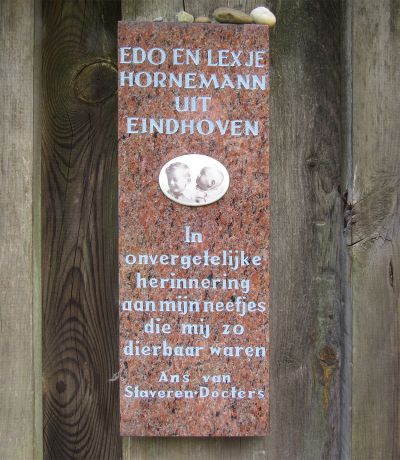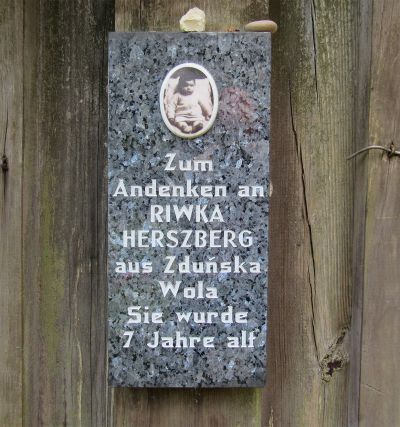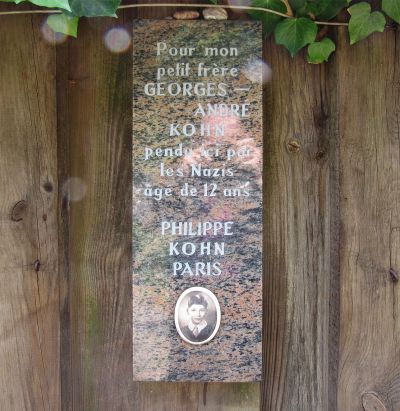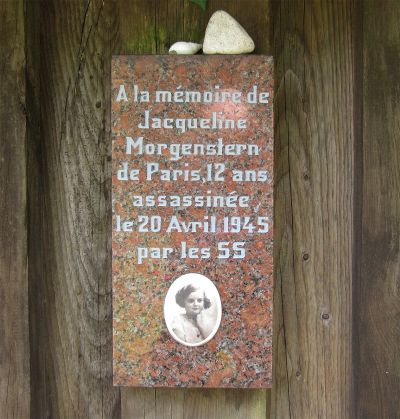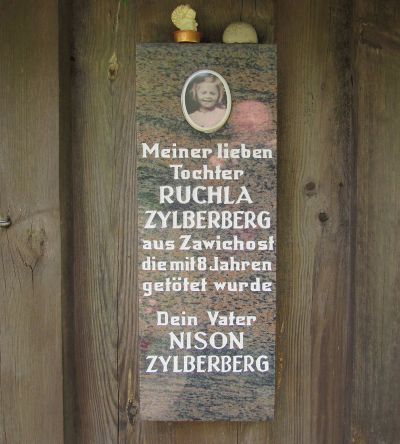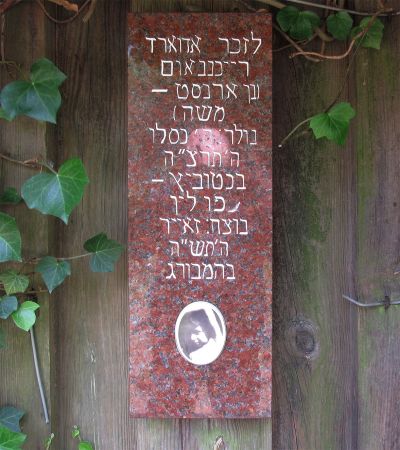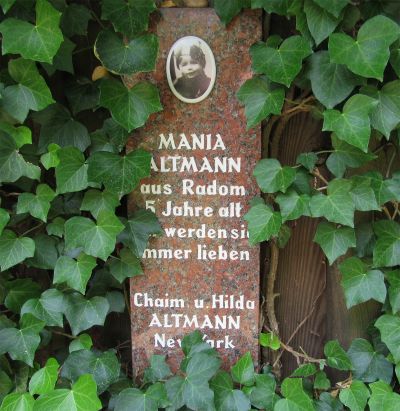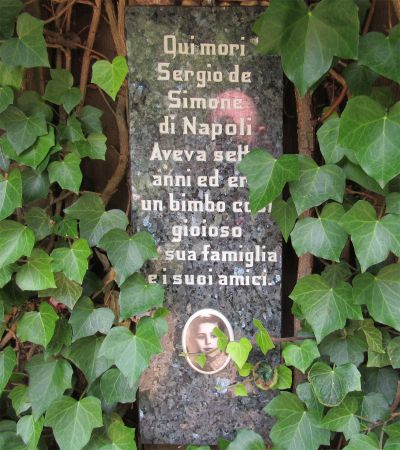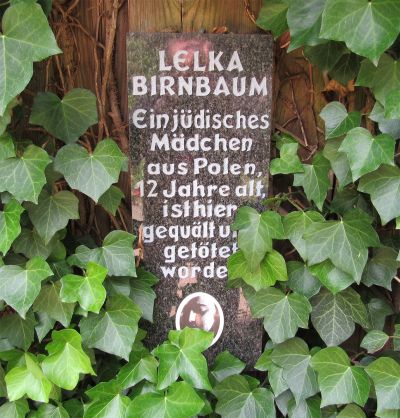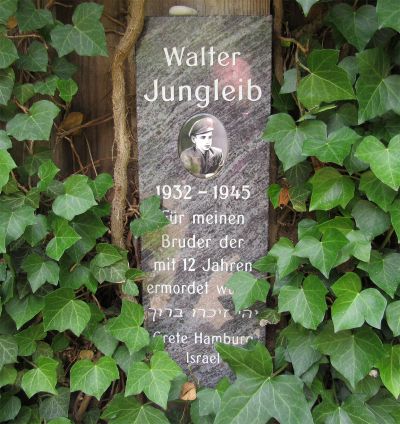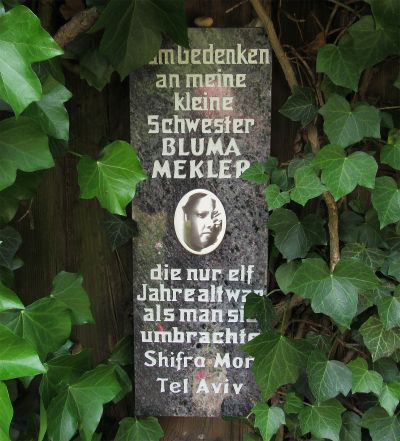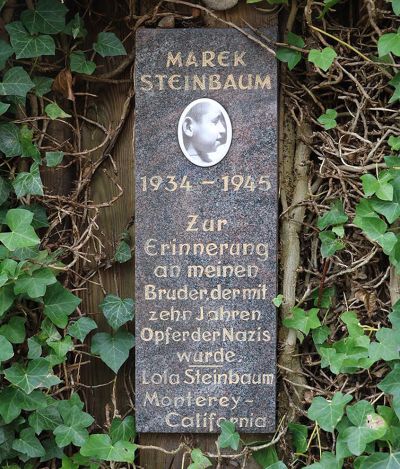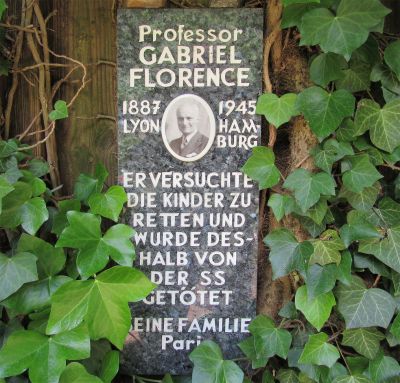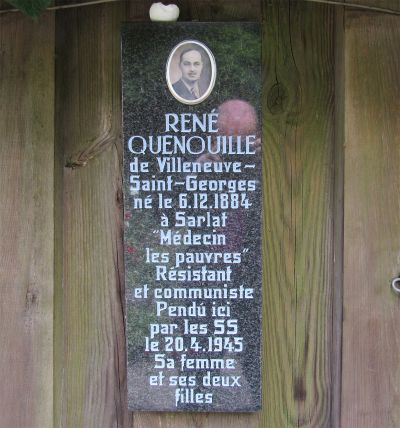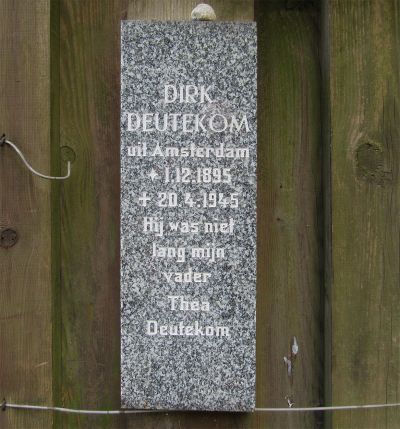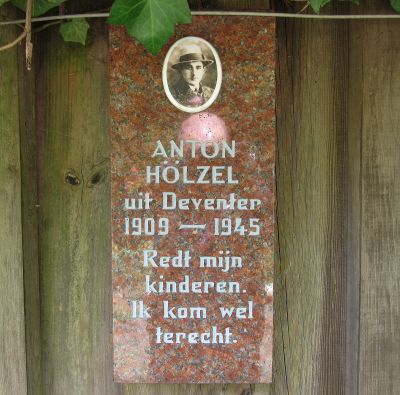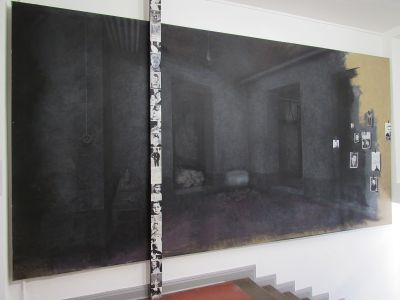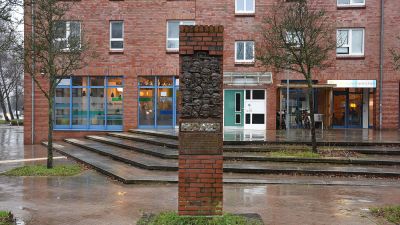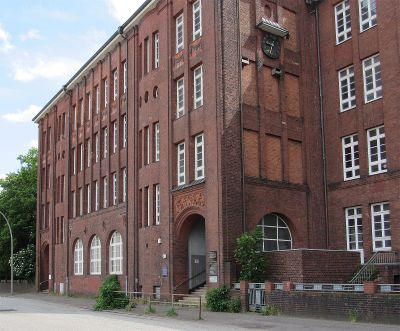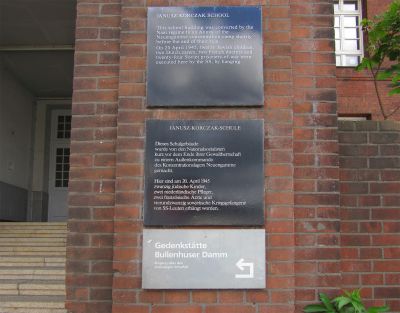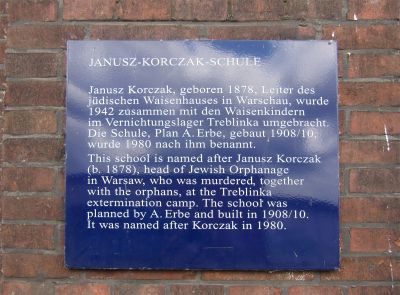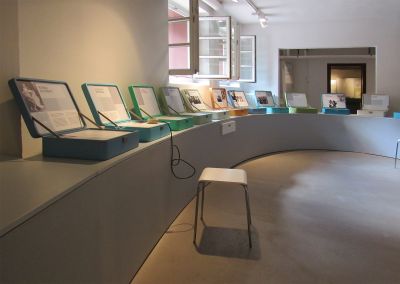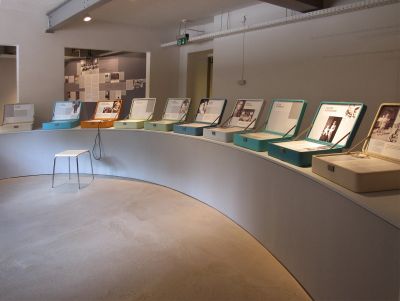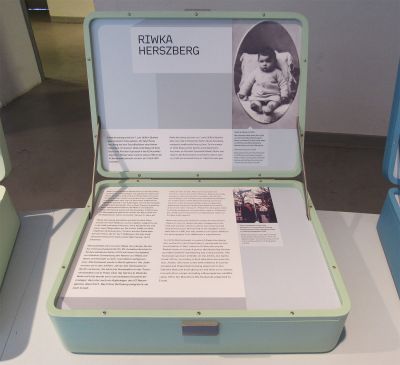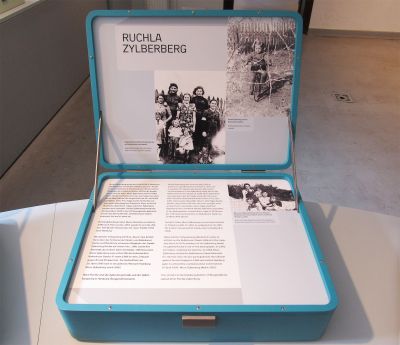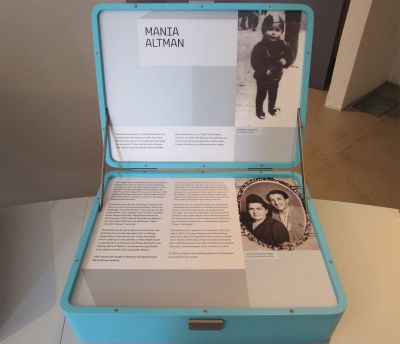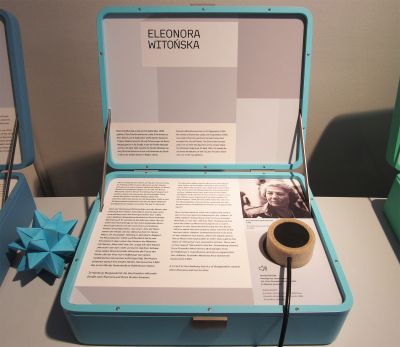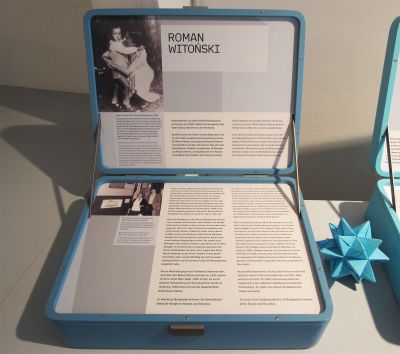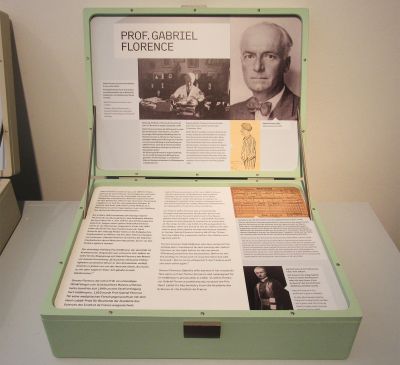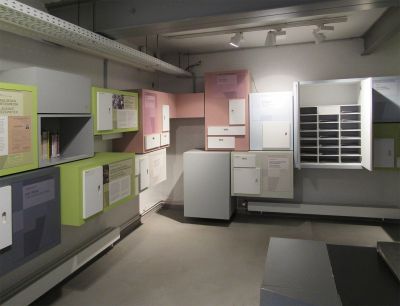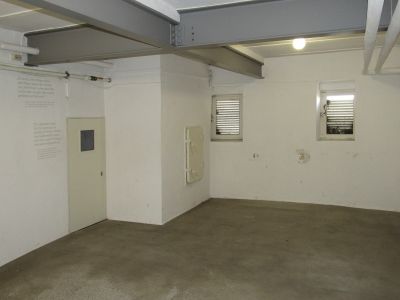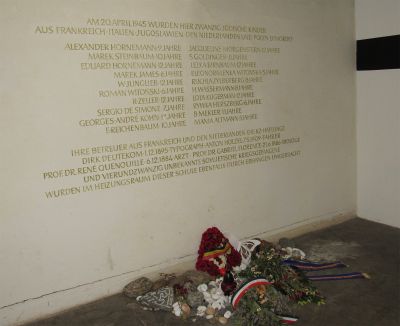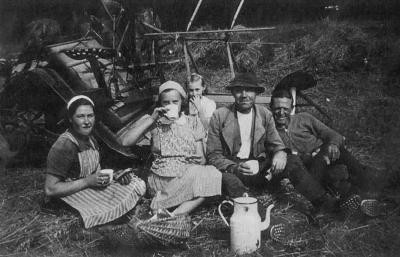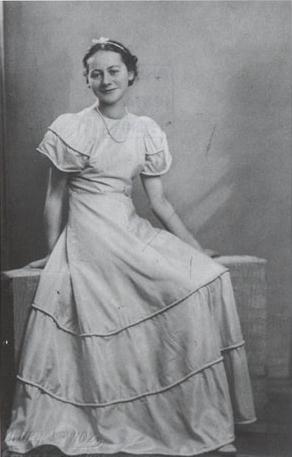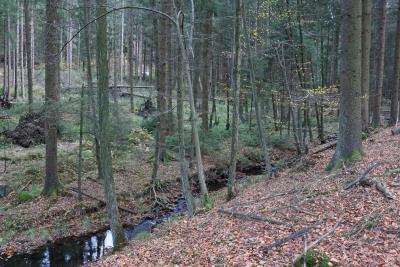The children of Bullenhuser Damm
Mediathek Sorted

When Trzebinski returned half an hour later, the children were still in the process of being murdered: “Some of them were already gone. Others had not yet fallen asleep and asked me when they would be taken to bed. I went into the room where the first hanging had taken place and saw that a girl was hanging on another hook on the wall. In a partition next to the room lay the bodies of three children, including the body of the boy who had first been hanged. I did not see Frahm, and walked through the building. I heard voices next to the door of the room where the heating systems were. I went inside and saw Dreimann, Jauch, Wiehagen, and Frahm standing there. The bodies of four men were hanging in four nooses on a thick heating pipe. [...] I told Jauch that I was going to Spaldingstrasse, but that I’d come back soon. However, first of all, I went to the children and saw that some of them had still not properly fallen asleep. To make sure that they weren’t hanged while conscious, I gave them a second morphine injection. It was mainly among the bigger and stronger children for whom the morphine had not yet taken proper effect. As I said, I still had 20 cc in the bottle. I thought that this was not enough, and I took two more morphine vials from my doctor’s bag, each of which contained 0.015 cc. I added them to the rest, and injected doses that I thought would be sufficient. About 6 children were given extra doses. They reacted quickly, since they had already received a dose. I waited until all the children were fast asleep, and left for Spaldingstrasse”.
Pauly, Trzebinski, Frahm, and Jauch incriminated each other during the Curiohaus trial. Frahm, who was evidently the only one who admitted to hanging the children himself, gave the following deposition for the record on 24 May 1946: “There were about 20 children, aged between 12 and 16. Some of them appeared to be ill. Aside from the children, Dr. Trzebinski, Dreimann, and Jauch were also in the cellar. Strippel came in every so often. Wiehagen stood in front of the door, and Speck also stood guard in the building. The name of the driver who brought the children is Petersen. The children had to undress in a room in the cellar, and were then taken to another room, where they received an injection from Dr. Trzebinski which made them fall asleep. Those who still showed signs of life after the injection were carried into another room. A noose was placed around their necks and they were then hanged on hooks like pictures on the wall. The hangings were conducted by Jauch, myself, Trzebinski, and Dreimann. Strippel was also present at times. The bodies remained in the room, from where they were collected on the next day by people from Neuengamme”.
Frahm then described another murder that was carried out afterwards: “At around midnight, another draft of prisoners arrived from Neuengamme. This time, it was 20 adult Russian prisoners. They were taken to a room in the cellar, where they were hanged by the four of us: Jauch, Trzebinski, Dreimann and myself, and in some cases, Strippel. A rope was thrown around a pipe that ran below the ceiling. The noose was placed around the necks of the prisoners, and we hoisted them up. The bodies remained in the room, from where they were also collected the next day. By 6 in the morning, all the Russians were dead and I went to bed”.
However, Trzebinski testified that during that time, he had been at Spaldingstrasse working through patient records, before returning to Bullenhuser Damm: “I entered the building to see how the children were doing. There was no-one left in the room where the children had been. Only the baggage with their belongings had been left behind. I went into the room where the hangings had taken place and found it locked. [...] I then approached Frahm, who opened the room for me. The children were all lying there, and each child had the hanging mark on their neck. I then examined each child to make sure that it was dead. Then, I went into the room with the hanged men and also checked that they were dead. That was the end of this sorry chapter. We then drove back”.[28]
[28] All the above quotes from: Dossier Täter vor Gericht (see footnote 1)

















































































